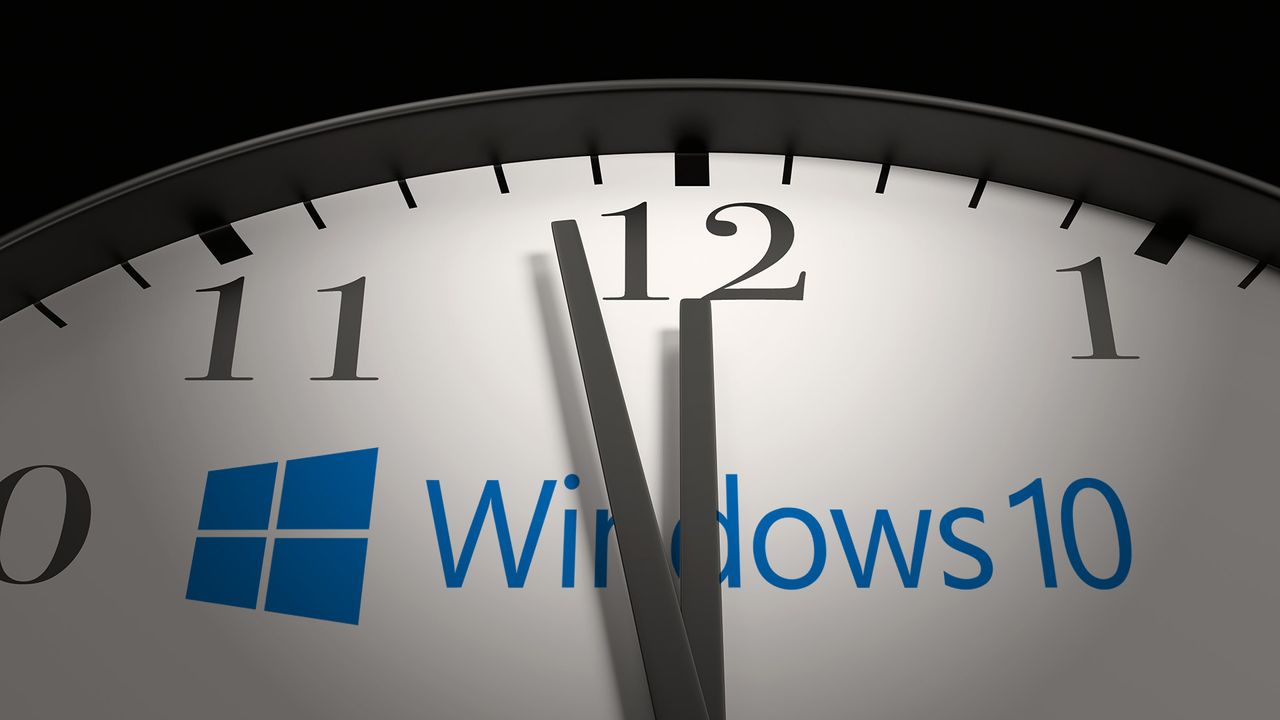
A week from now, Microsoft is set to officially cut support for Windows 10, leading to the single biggest jump in dumped computers. Of course, you can enroll in Microsoft's Extended Security Updates (ESU) program to continue receiving security updates for an extra year beyond the October 14, 2025, cutoff date.
To enroll in the program, you can either sync your PC settings to the cloud via a Microsoft account or pay $30 or 1,000 Microsoft reward points. However, Microsoft recently backtracked on the move, at least for users in the European Economic Area, allowing them to access the ESU program for free without meeting the requirements highlighted above.
Still, the Public Interest Research Group (PIRG) has filed multiple petitions asking Microsoft to reconsider its decision to end support for Windows 10. "Microsoft's new options don't go far enough and likely won't make a dent in the up to 400 million Windows 10 PCs that can't upgrade to Windows 11," PIRG's Lucas Rockett Gutterman.
At the beginning of this month, the group delivered a letter signed by 590 businesses, 83 state and local elected officials, 382 repair businesses and nonprofits from around the world, 19 libraries and school officials, and 49 environmental and consumer advocacy organizations asking Microsoft to reconsider cutting support for Windows 10. Instead, the group wants the company "to extend support for one of the world’s most popular operating systems."
It’s apparent that a large number of users are still running Windows 10 on their devices, which may be due to Microsoft’s strict hardware requirements for upgrading to Windows 11 or a general preference for Windows 10’s user interface over its successor’s flawed design elements.
Cutting off support from hundreds of millions of computers is uniquely harmful to consumers, the environment, and public safety. Simply put, there have never been more computers cut off from support in one fell swoop.
Nathan Proctor, senior director of U.S. PIRG’s Right to Repair campaigns
While users in the European Economic Area will have access to Microsoft's ESU program due to their law, users in the US and other regions weren't as lucky. Repair.eu's campaigner Cristina Ganapini says Microsoft's move is a step forward, and proves that it's possible to extend support for Windows 10 beyond the set cutoff date:
“While this is a step forward for some Europeans with Windows 10 computers — and clearly evidence Microsoft could do this for everyone — it’s a just one-year pause, and some users still might not get the updates since they aren’t automatic. What we want is simple: for working computers to keep working, and not be left behind by Microsoft.”
The Restart Project, which helped co-develop the End of 10 Toolkit to help support Windows 10 users after Microsoft pulls the plug on the OS, seemingly echoed OIRG's sentiments, indicating that the ESU program feels like a last-minute snooze button, which only acts as a band-aid on a bleeding system.
Microsoft has been placed on the spot by critics claiming that the end of support for Windows 10 is programmed obsolescence, which will force millions of working PCs into early retirement.
To that end, it seems highly unlikely that Microsoft will extend support for Windows 10 beyond its end‑of‑support date and the ESU program. Either way, tick‑tock!

Follow Windows Central on Google News to keep our latest news, insights, and features at the top of your feeds!







